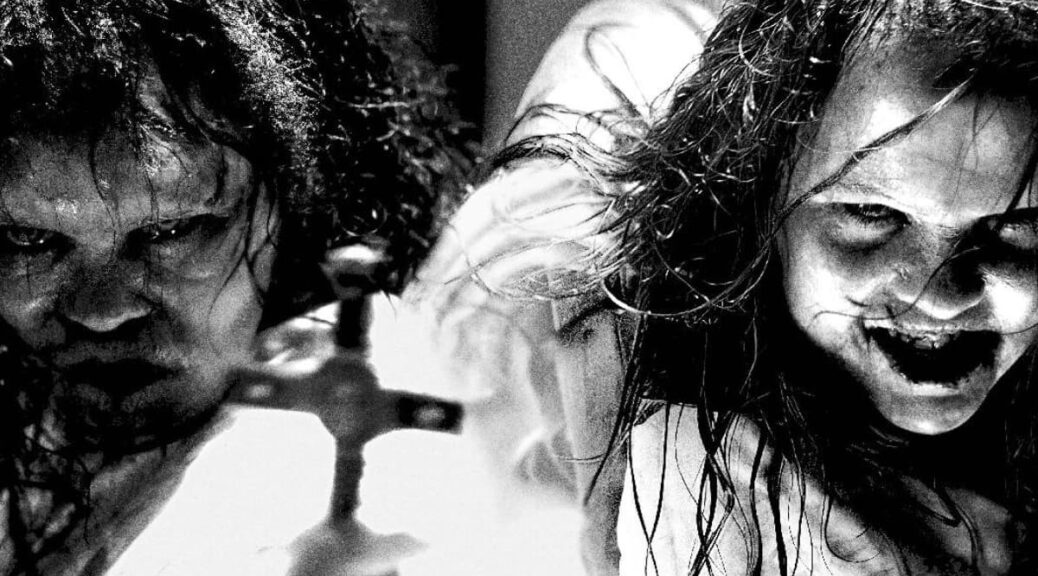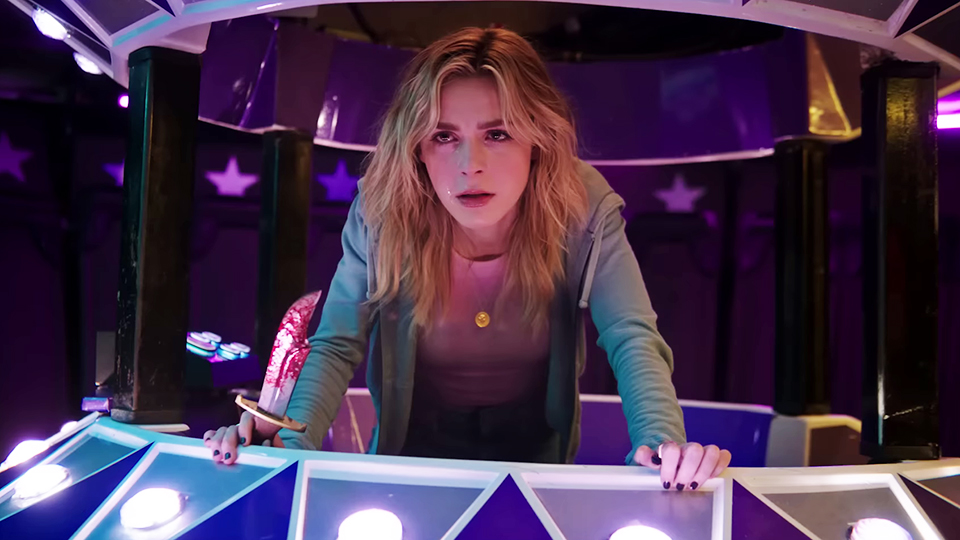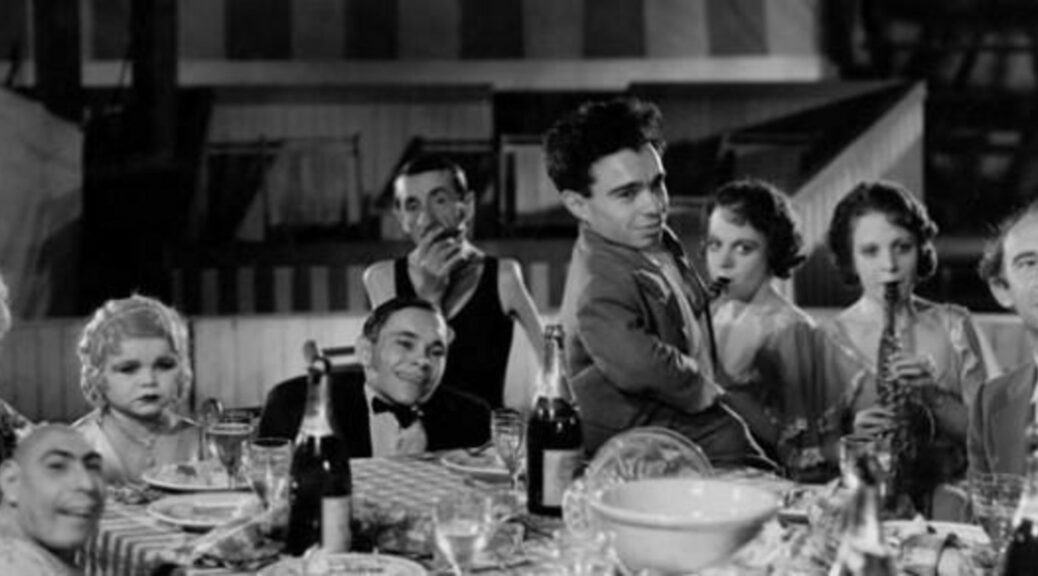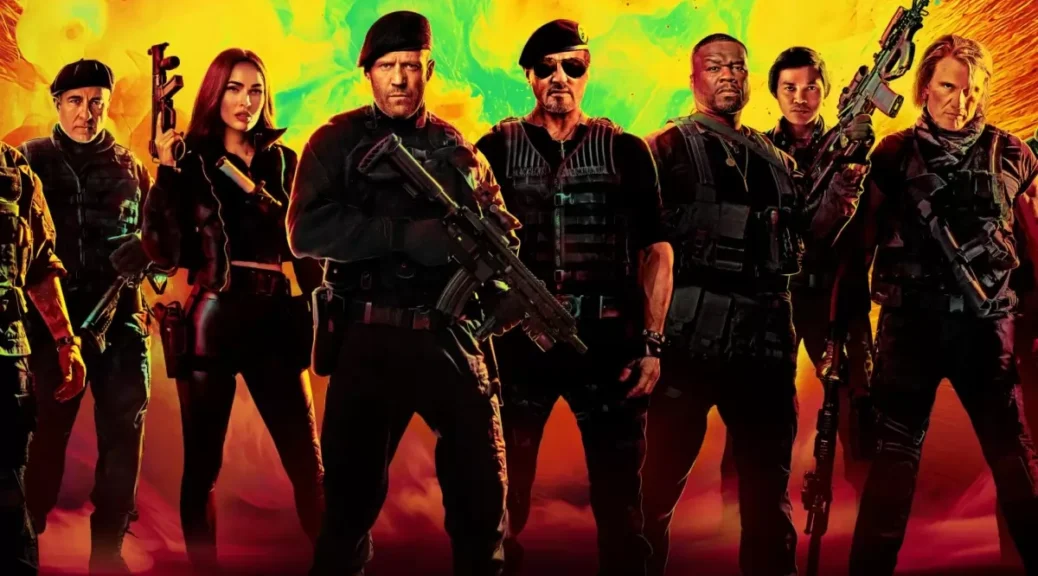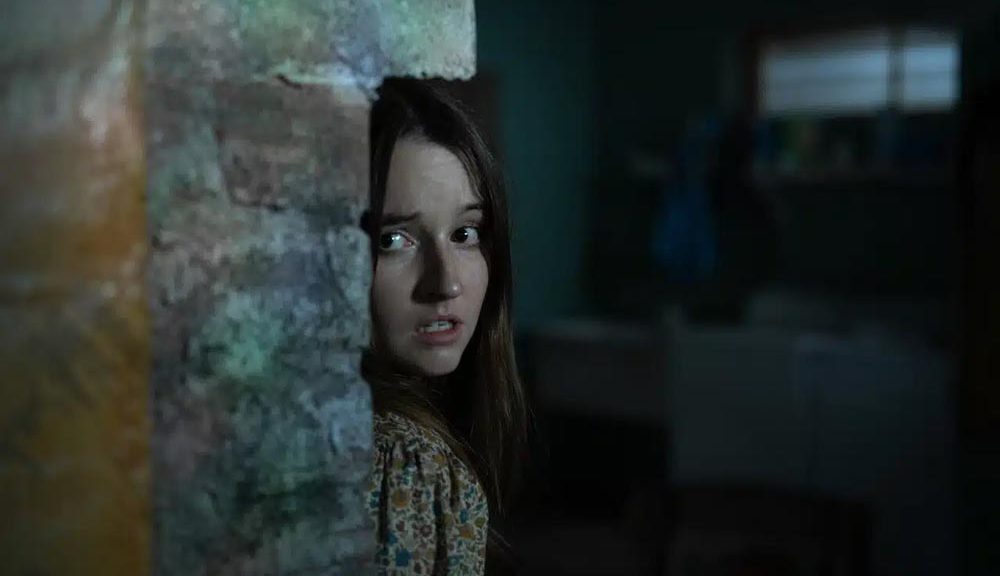Dark Harvest
by George Wolf
Director David Slade came out of the gate strong with his first two features, Hard Candy and 30 Days of Night. Then came the downturn of The Twilight Saga: Eclipse in 2010, and Slade has been mainly a TV director ever since.
Dark Harvest finds Slade back on the big screen, and back among teens and monsters, for a gorgeous and often brutal creature feature with a winning throwback vibe.
Adapting the 2006 Bram Stoker Award-winning novel with author Norman Partridge and screenwriter Michael Gilio, Slade blends the period pastiche of The Vast of Night with narrative nods to The Lottery, The Hunger Games, and a few choice slices of Pumpkinhead.
It’s the early 1960s in the small midwestern town of Bradbury, and smoldering teen Richie Shepard (Casey Likes) is not having a happy Halloween season. It’s 5 days until Bradbury’s annual October run, and since Richie’s older brother Jim (Britain Dalton) won last year, Richie has to sit this one out.
And that means no chance at the $25,000, the new Corvette, or the one- way ticket out of his one-monster town.
The monster is Sawtooth Jack (Dustin Ceithamer) who returns the same time every year, rising from the corn stalks. Three days before each run, the young men in town are sequestered and starved, until they’re finally let loose to fanatically hunt down Sawtooth Jack before he can reach the town church.
But Richie is eager to prove himself and claim his destiny, teaming with restless theater clerk Kelly Haines (Emyri Crutchfield) on a quest to break the rules, win the run and earn a new life together.
There are secrets hiding in this local tradition, to be sure, but even though we’re not sure exactly why the prisoners of Bradbury are prisoners, the metaphors here are effectively drawn without heavy hands. Slade leans on cinematographer Larry Smith (Only God Forgives) and the production design team to give the film a wonderful vintage look, with terrific use of backlighting that sets an imposing mood – especially deep in the corn stalks.
And once ol’ Sawtooth comes calling, the effects department earns that R rating, with some vicious bloodletting that proves Jack can be a very naughty boy.
The tale wraps some familiar Young Adult themes around equally familiar creature feature lore. And though Slade flirts with over indulgence on both sides, he’s ultimately able to walk a line that allows Dark Harvest to reap some tasty Halloween treats.


